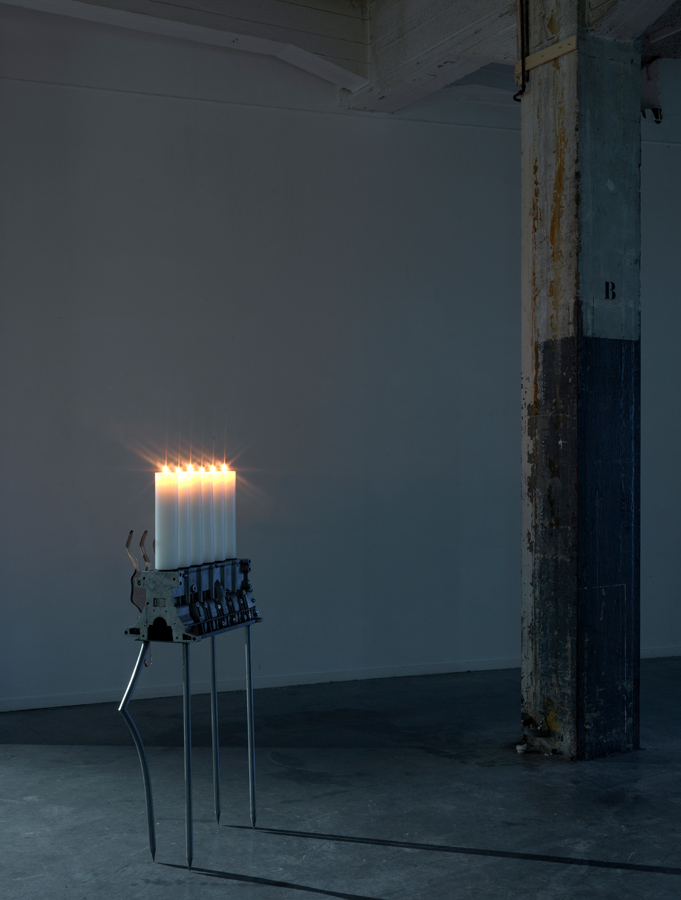
Alagya with Áron Lődi, 2021- ongoing
Alagya is a research-based material exploration that aims to construct new possible forms of literacy to decode planetary life and identity in the post-capitalocene through collaborative work and interplay between sculpture and text. Based on both speculation and fact, it attempts to forge visionary pre-/reimaginations of technofossils as material traces of the capitalocene - the age when (pseudo-) commodity appears as a species that desires chaos and necrotizes the entire planet. Capital is the Sixth Extinction personified: it feasts on the dead, and in doing so, devours all life. A spectre that preys upon slow desolation as the residue of life in hydrocarbons becomes the residue of capital in petrochemical plastics. Technoculture becomes both its birth and burial in the shape of its own materiality. However, instead of interpreting fossils as ghostly dead matter, the project examines them as dynamic entities through the scope of new materialist vitalism as a form of elegiac grief of the irreversible losses of our future past. They are material hybrids, body machines that are inhabitants/refugees/natives/critters/creatures/ survivors of the monstrous sublime and uncanny paradox haunting the plateaus of the post-capitalocene. They act as lively agents whether human/nonhuman, organic/inorganic, biotic/abiotic, or visible/invisible. They recite poems in a language yet to be fully decrypted. These elegies evoke the crucial interdependency between humans and artefacts. They declare that the human doesn’t simply invent tools, but tools invent the human. More precisely, tool and human produce each other and cannot be unambiguously separated. The incalculable diversity and interconnectedness of species on the planet that results from incremental adaptations to changing environments finds its echo within the human species and is accelerated through the technological extensions that are an intimate part of its biology. Technofossils as quasi-object-poems reveal that the body itself is only human by virtue of technology. The human hand is human because of what it makes, not of what it is. This is the organic condition of technological life. Thus, the project Alagya embraces identity, hybrid materiality and technology to learn about what it means/ how it feels to be a dweller of a world in which matter, tool, human and information are irrevocably intertwined. Its purpose is to interpret technofossils as artefacts after the capitalocene through deep material investigation and with a post-human approach.
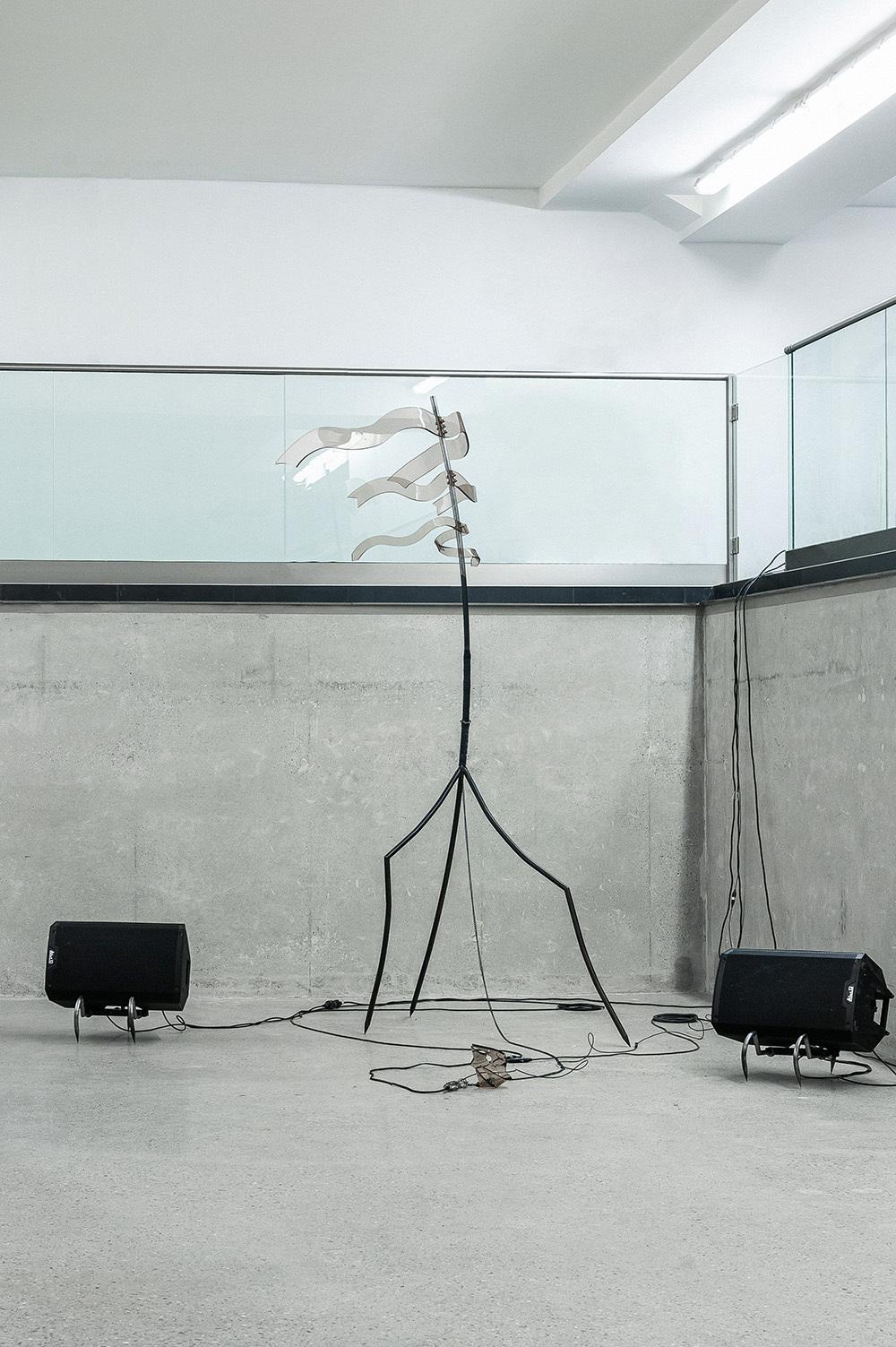
Landmark, 2022
metal structure, thermoformed acrylic, sound

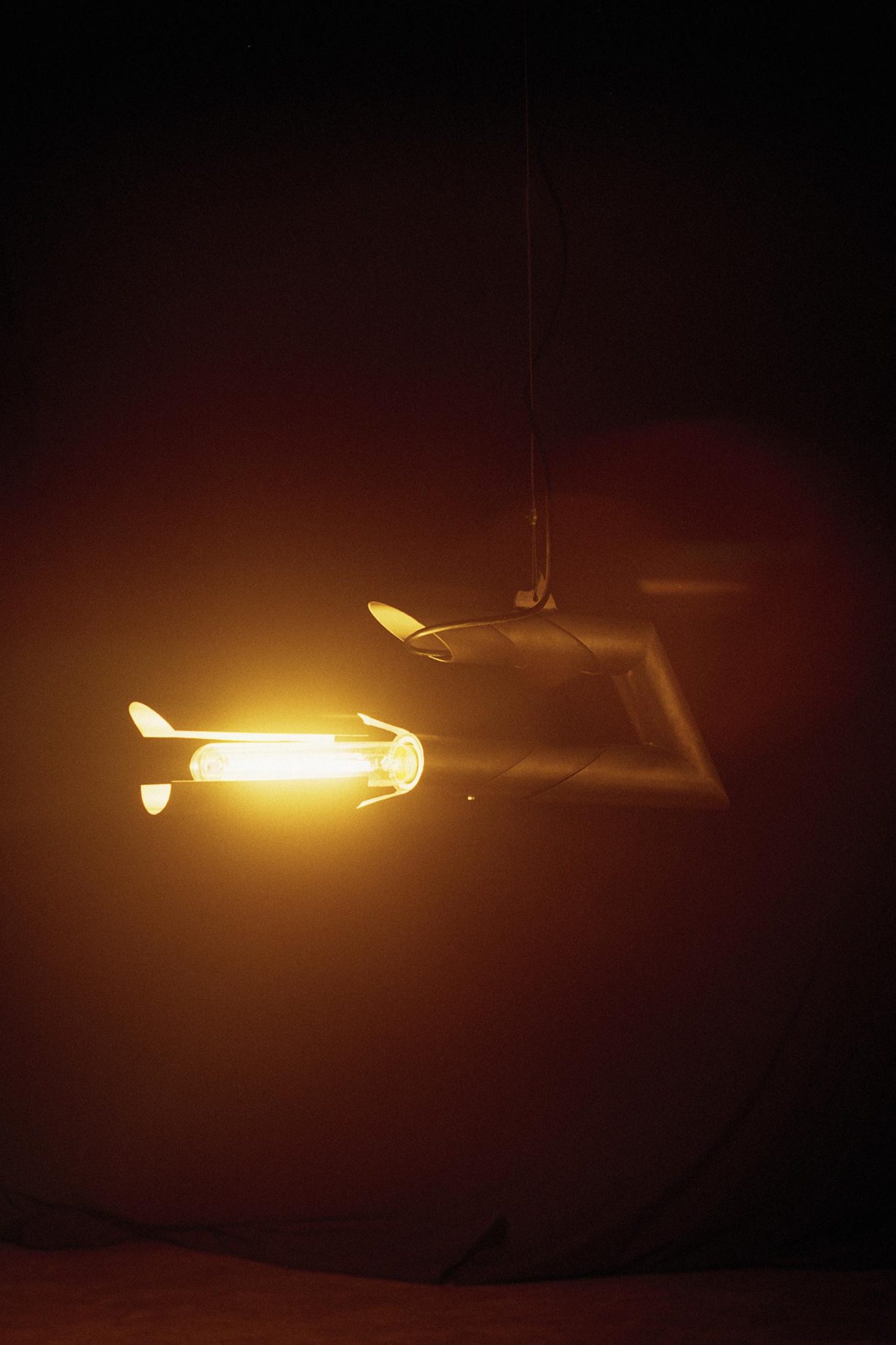
Lampyridae, 2021
stainless steel, HPS light bulb
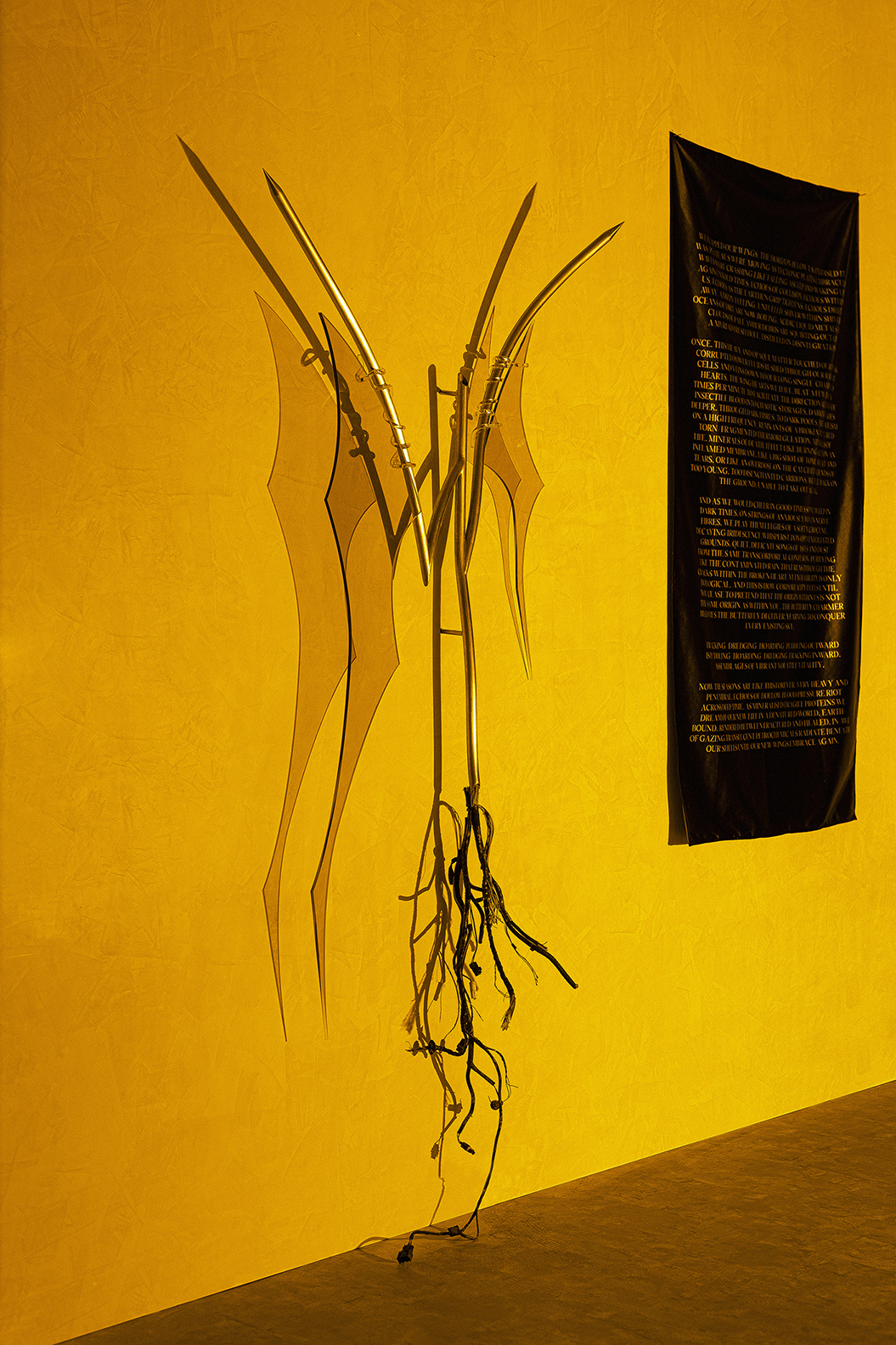
Butterfly, 2021
stainless steel, plexiglass, electronic cables
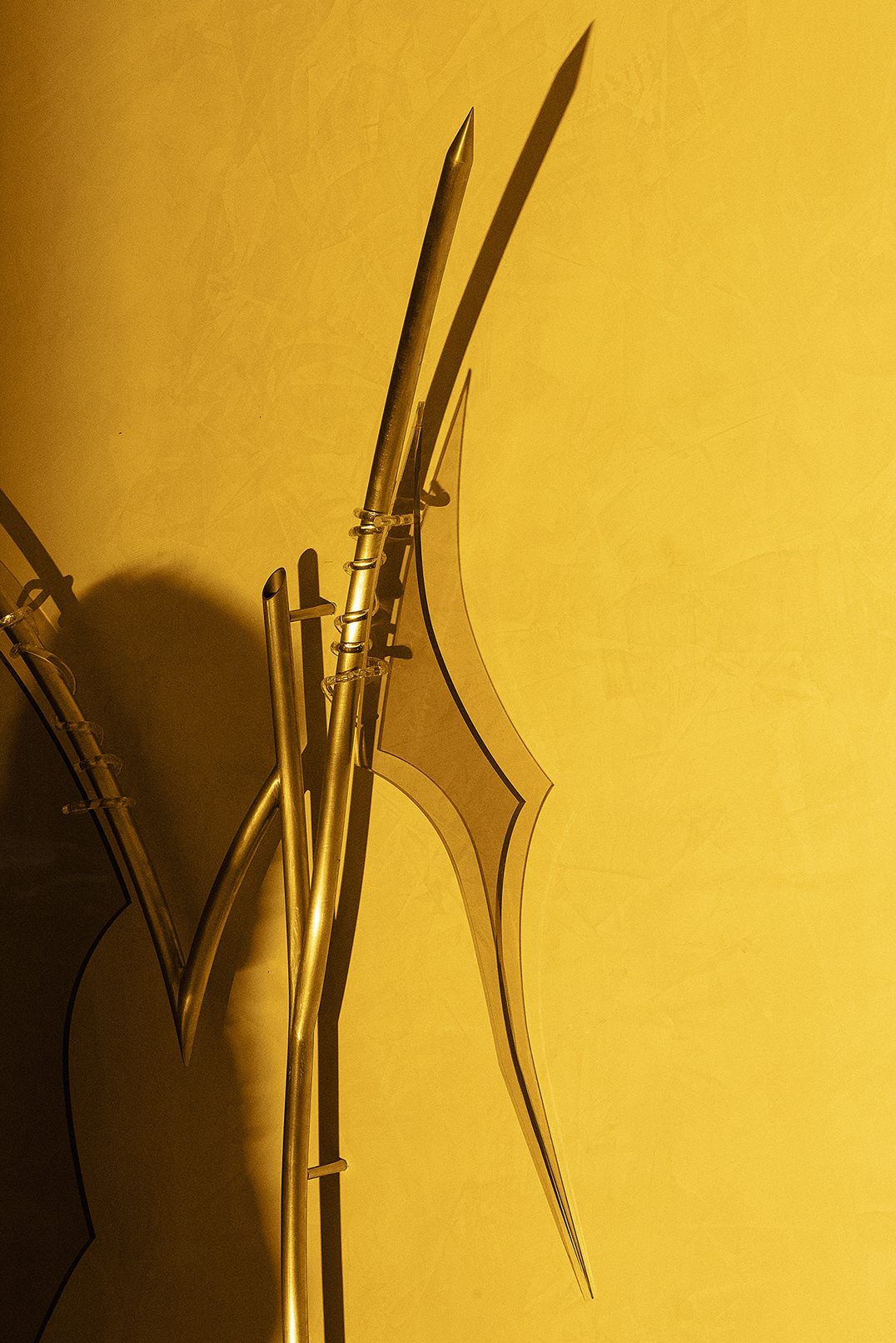
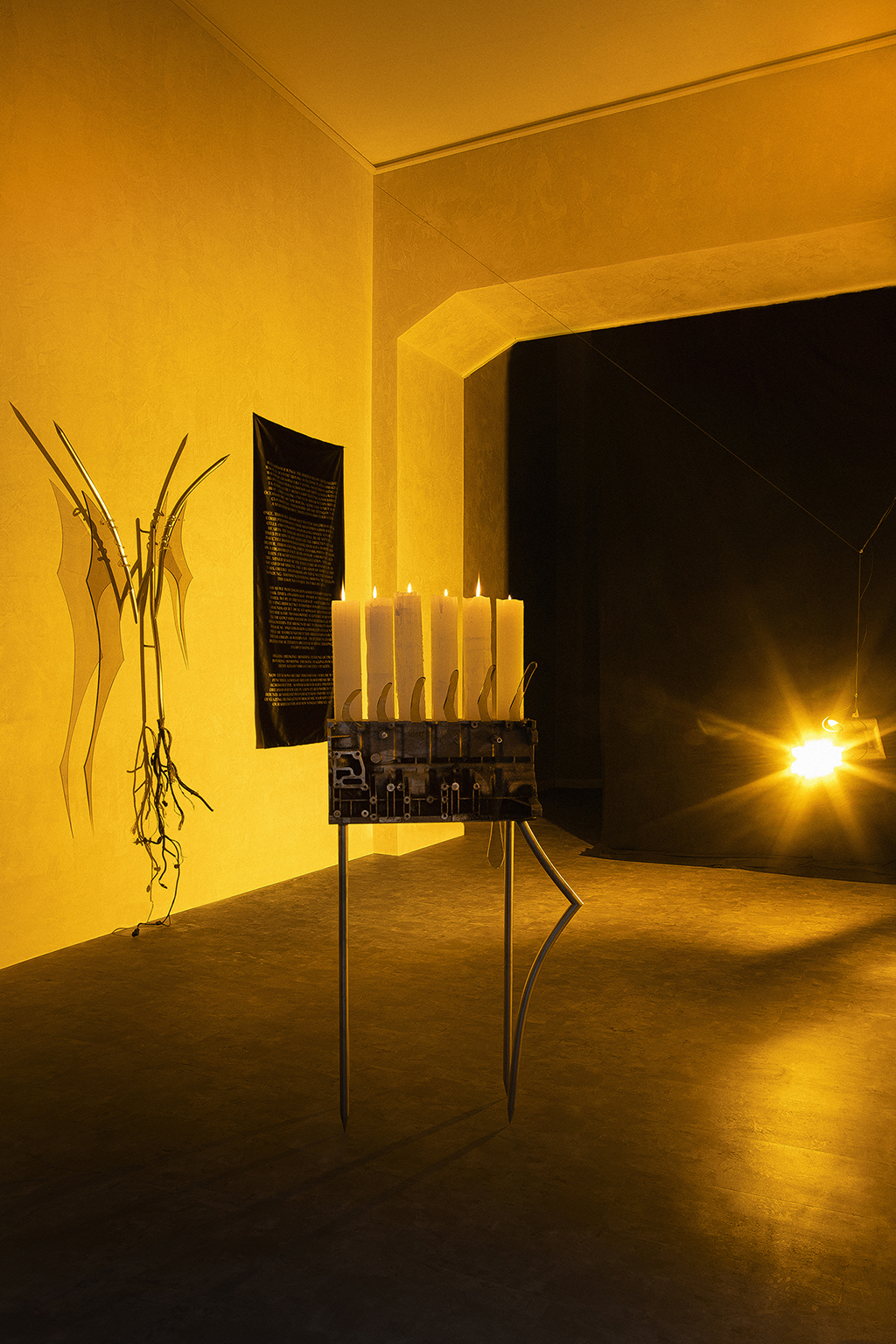
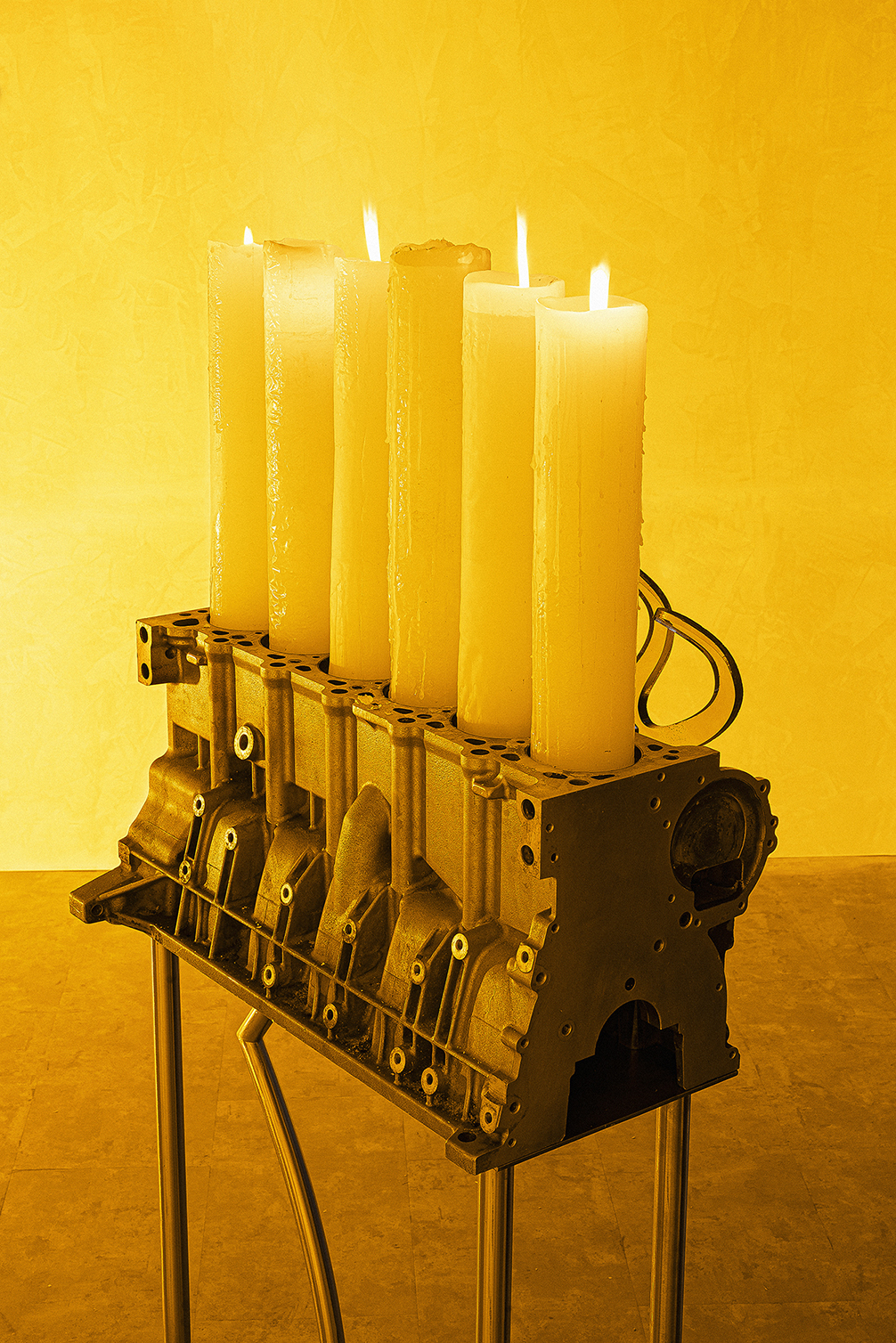
Bambi, 2021
steel, BMW engine block, thermoformed acrylic, wax, flame


Iceberg Diagram, 2022
screenprint on laser cut metal
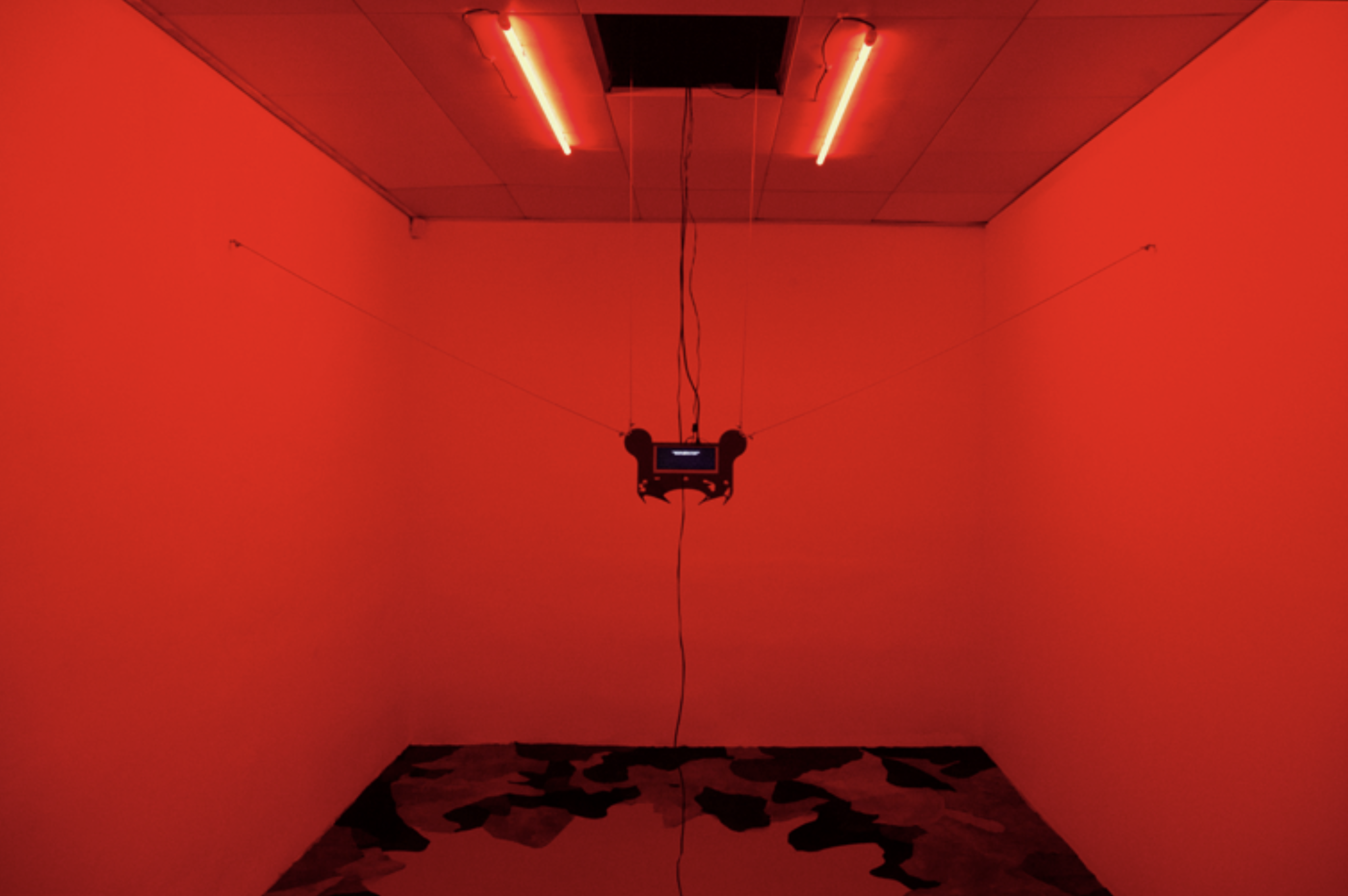
Maps of The Untamed Threshold, 2022
laser cut acrylic, digital screen,
metal wires, leather, video (15 mins)
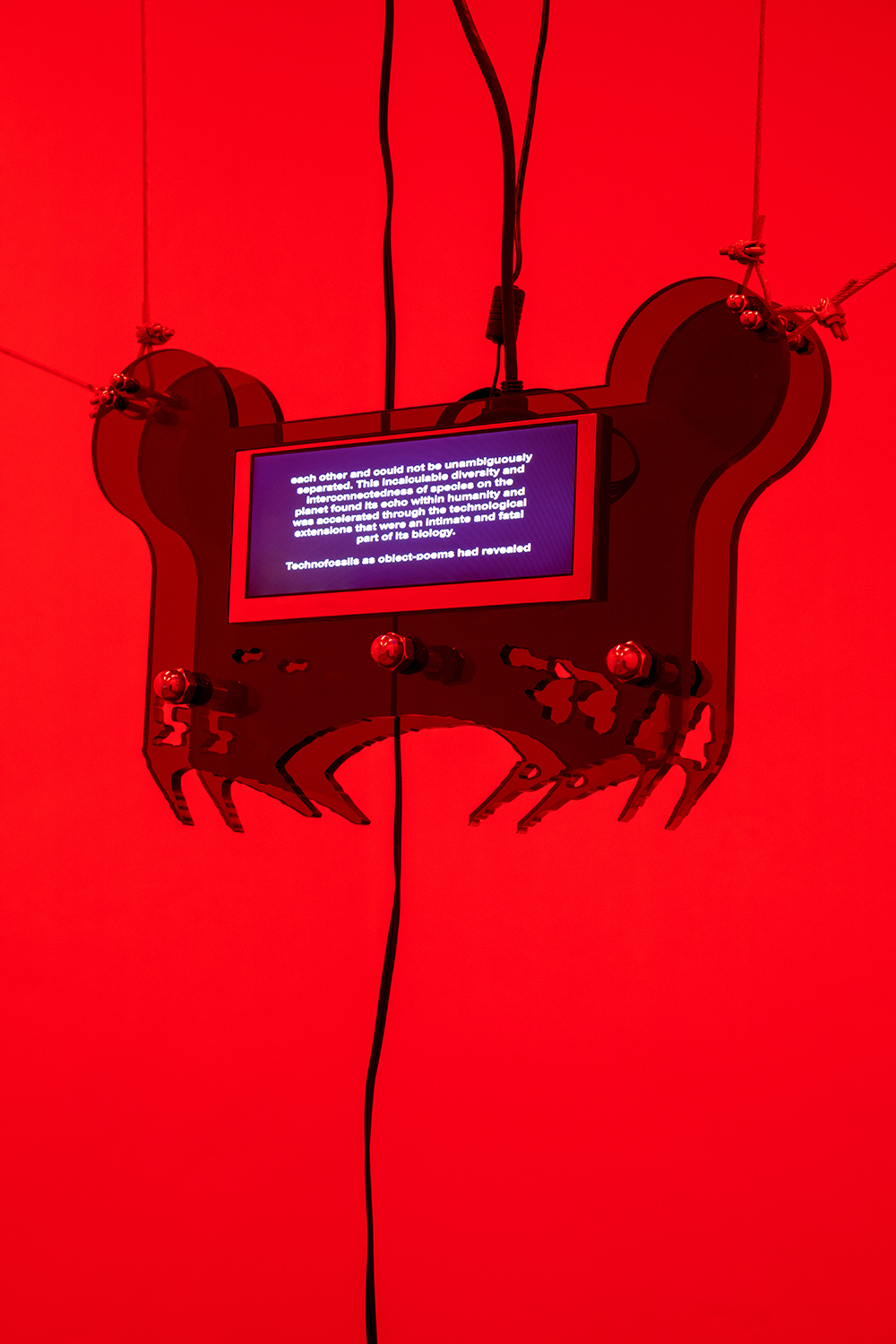
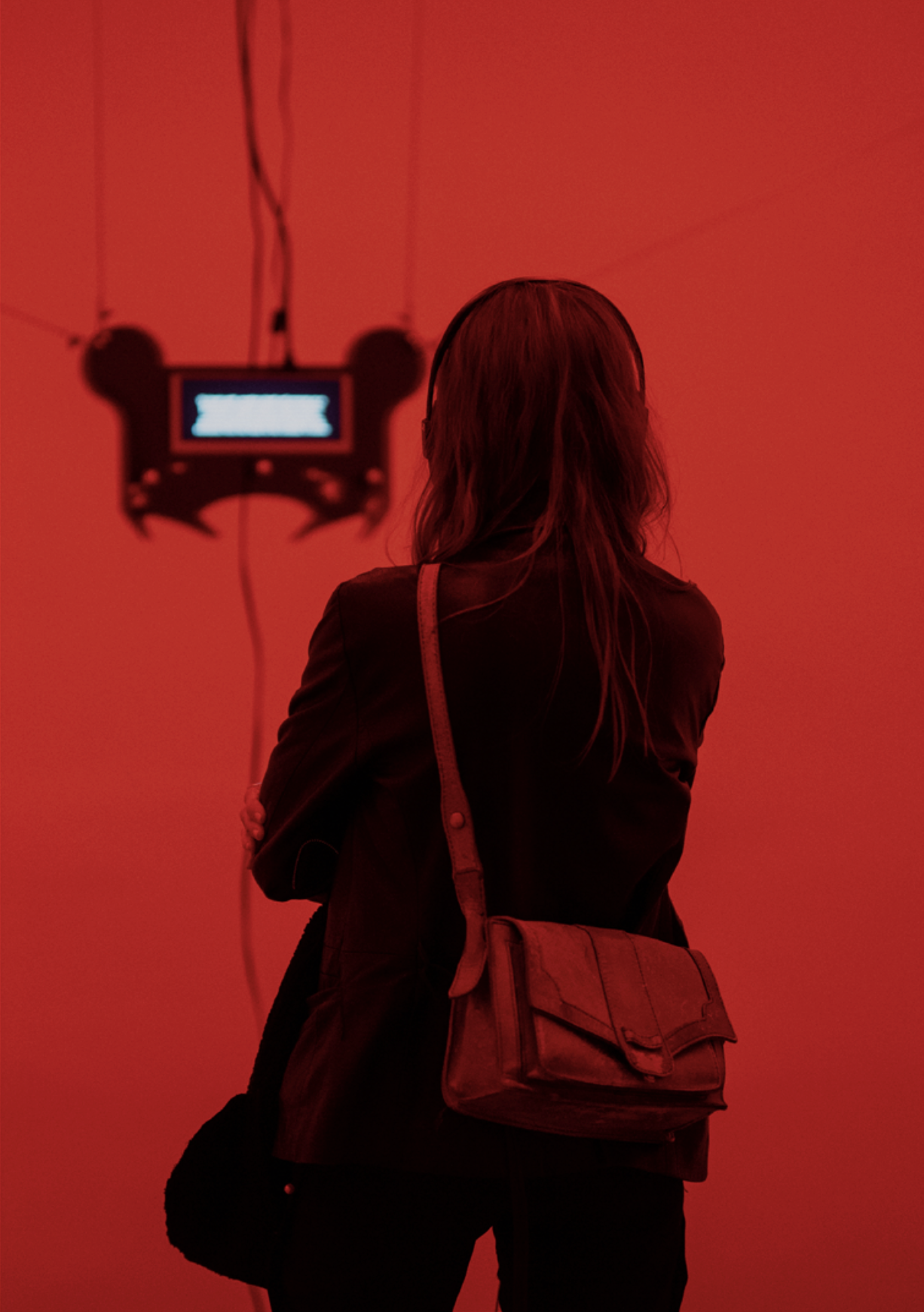

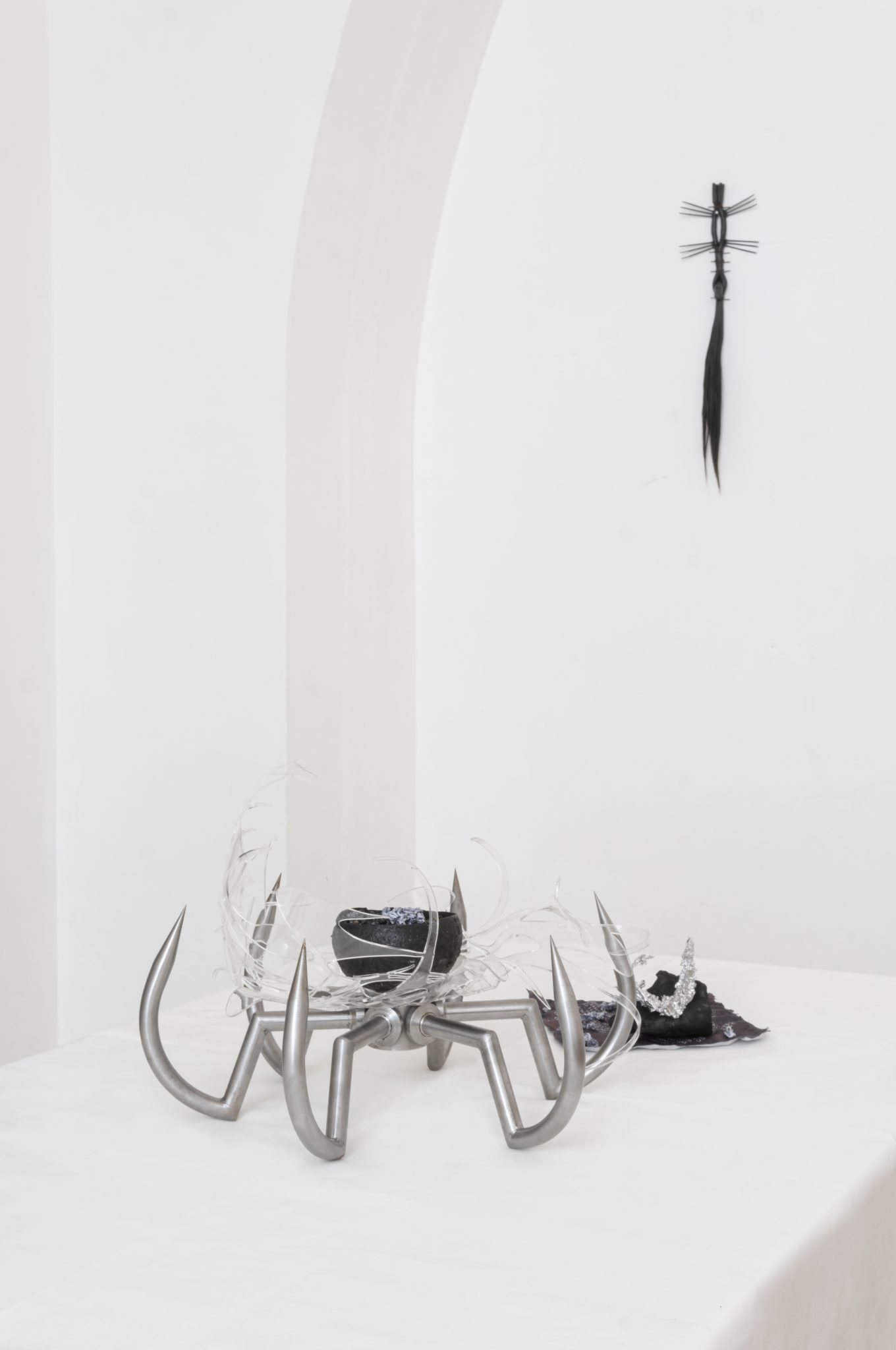
What Makes Us, Us, Takes Over, 2022
casted metal, thermoformed acrylic, coconut shell, dried tube worms, bitumen, sublimation print
on fabric, hair, plastic
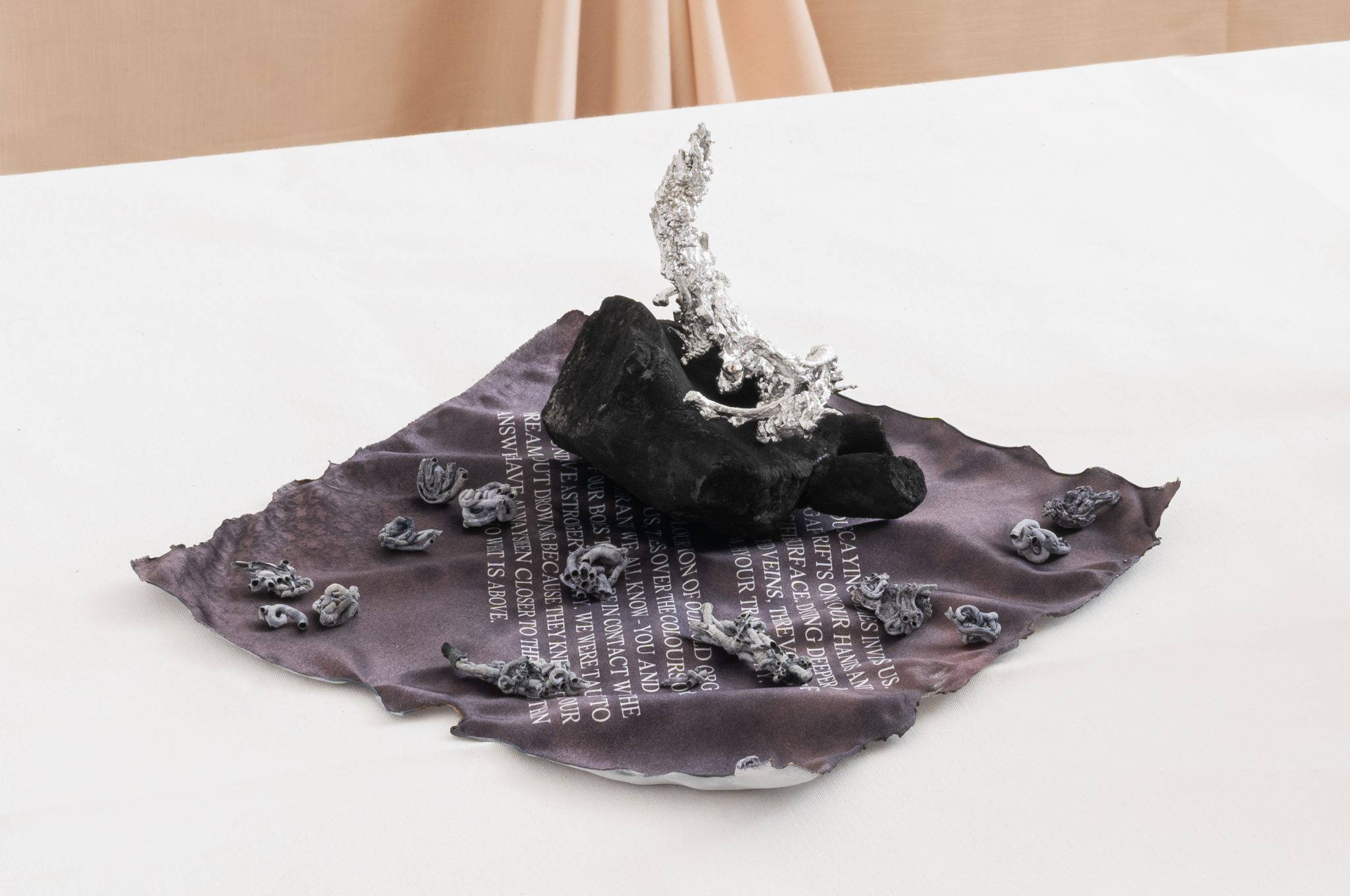
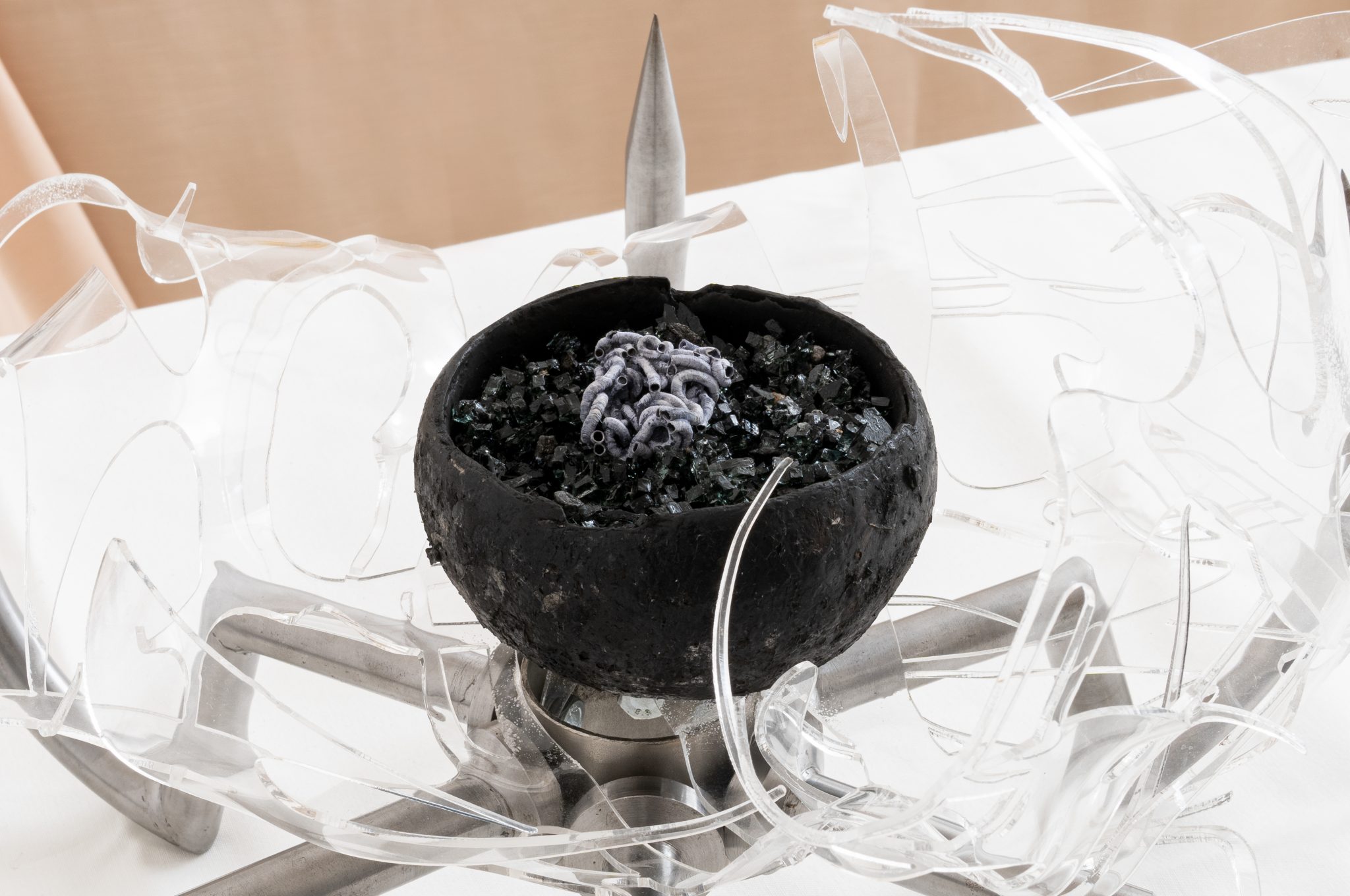

Alagya with Áron Lődi, 2021- ongoing
Alagya is a research-based material exploration that aims to construct new possible forms of literacy to decode planetary life and identity in the post-capitalocene through collaborative work and interplay between sculpture and text. Based on both speculation and fact, it attempts to forge visionary pre-/reimaginations of technofossils as material traces of the capitalocene - the age when (pseudo-) commodity appears as a species that desires chaos and necrotizes the entire planet. Capital is the Sixth Extinction personified: it feasts on the dead, and in doing so, devours all life. A spectre that preys upon slow desolation as the residue of life in hydrocarbons becomes the residue of capital in petrochemical plastics. Technoculture becomes both its birth and burial in the shape of its own materiality. However, instead of interpreting fossils as ghostly dead matter, the project examines them as dynamic entities through the scope of new materialist vitalism as a form of elegiac grief of the irreversible losses of our future past. They are material hybrids, body machines that are inhabitants/refugees/natives/critters/creatures/ survivors of the monstrous sublime and uncanny paradox haunting the plateaus of the post-capitalocene. They act as lively agents whether human/nonhuman, organic/inorganic, biotic/abiotic, or visible/invisible. They recite poems in a language yet to be fully decrypted. These elegies evoke the crucial interdependency between humans and artefacts. They declare that the human doesn’t simply invent tools, but tools invent the human. More precisely, tool and human produce each other and cannot be unambiguously separated. The incalculable diversity and interconnectedness of species on the planet that results from incremental adaptations to changing environments finds its echo within the human species and is accelerated through the technological extensions that are an intimate part of its biology. Technofossils as quasi-object-poems reveal that the body itself is only human by virtue of technology. The human hand is human because of what it makes, not of what it is. This is the organic condition of technological life. Thus, the project Alagya embraces identity, hybrid materiality and technology to learn about what it means/ how it feels to be a dweller of a world in which matter, tool, human and information are irrevocably intertwined. Its purpose is to interpret technofossils as artefacts after the capitalocene through deep material investigation and with a post-human approach.

Landmark, 2022
metal structure, thermoformed acrylic, sound


Lampyridae, 2021
stainless steel, HPS light bulb

Butterfly, 2021
stainless steel, plexiglass, electronic cables



Bambi, 2021
steel, BMW engine block, thermoformed acrylic, wax, flame


Iceberg Diagram, 2022
screenprint on laser cut metal

Maps of The Untamed Threshold, 2022
laser cut acrylic, digital screen,
metal wires, leather, video (15 mins)




What Makes Us, Us, Takes Over, 2022
casted metal, thermoformed acrylic, coconut shell, dried tube worms, bitumen, sublimation print
on fabric, hair, plastic

